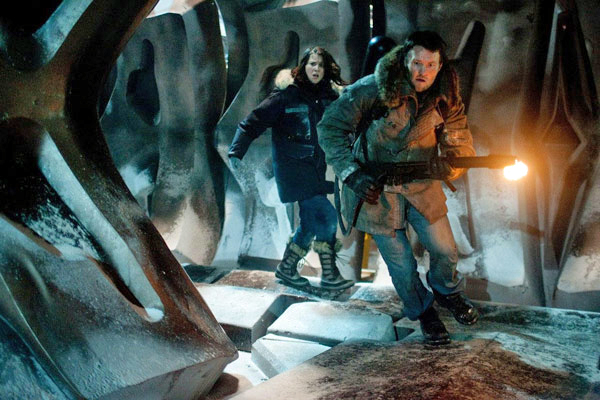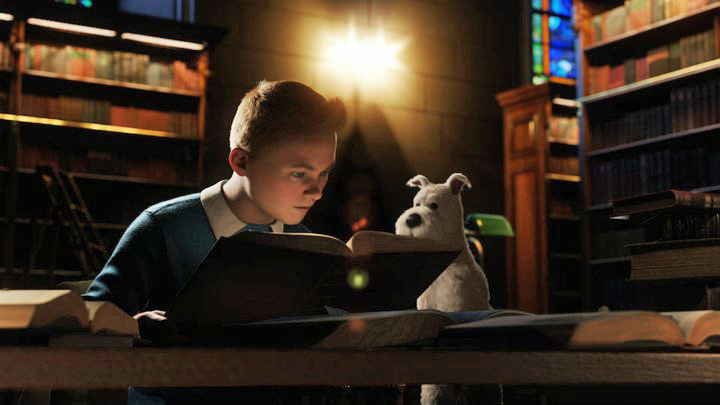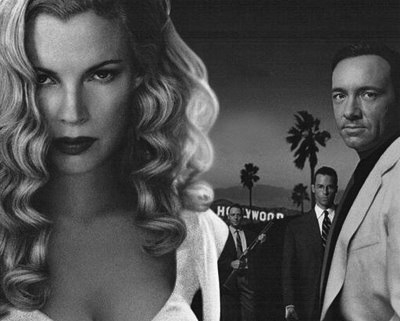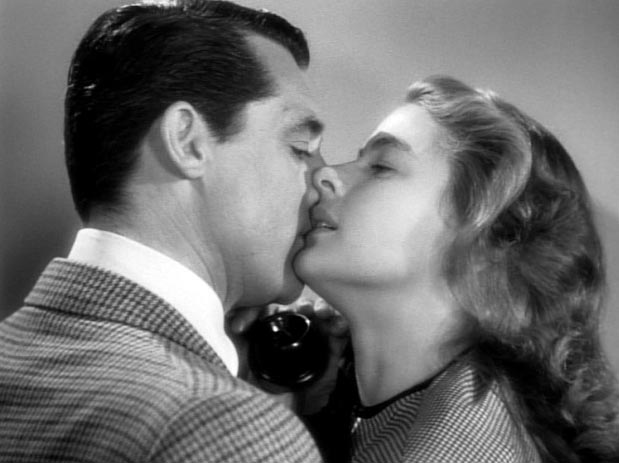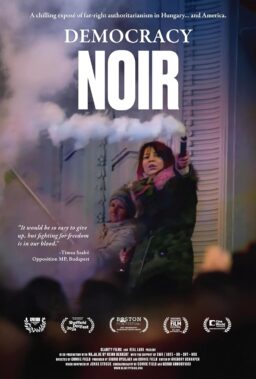Q. I saw “Titanic” a second time to be sure I heard correctly. During the scene where the crew is trying to avoid the iceberg, they shout, “Hard to starboard!” Since they were frantically trying to turn the ship to port, I didn’t understand the command. The scene clearly shows the ship veering left, and all of the damage was subsequently done to the starboard side. If someone told me “hard to starboard,” I would turn the ship to the right. Maybe we have just discovered the real reason the ship hit the iceberg that night (“Oops! I meant ‘port!'”). (Denise Leder, Las Vegas).
A. Don Lynch, who acted as the official historian for “Titanic,” says you heard correctly: “The order ‘hard to starboard’ stems from the old sailing days. If you are sitting at the back of a sailboat, facing forward, and want to turn the ship to the left (port), you push the tiller over to the right (starboard). The rudder then points to the left, and you turn left. A decade or so after the Titanic disaster the turning orders were updated and standardized to keep up with the times and eliminate confusion, if any.”
Q. In one of the initial scenes in “Titanic,” Kate Winslet goes on deck wearing an evening gown, and I noticed a small tattoo on her shoulder. Surely no respectable young lady in 1912 would include in such a fashion statement! ( John M. Paull, (cq) Chicago)
A. If it was on her right shoulder I hope it said “starboard.”
Q. I simply do not understand the brouhaha over Leonardo DiCaprio’s Best Actor “snub” by the Oscars, if it in fact can be called that. Do you really feel he was more deserving than the five nominated performances? And do you really feel he was “robbed” more than, say, Al Pacino (“Donnie Brasco“), Johnny Depp (“Donnie Brasco”), Philip Baker Hall (“Hard Eight“), Mark Wahlberg (“Boogie Nights“), Ian Holm (“The Sweet Hereafter“), and Samuel L. Jackson (“Eve's Bayou” and/or “Jackie Brown“)? DiCaprio is a prodigy, but his role in “Titanic” was hardly a stretch (his best line, upon seeing a Monet painting, was “Wow! Look at the colors!”). And as far as his “outraged” teenage fans are concerned–shocked! shocked! they are that he didn’t get nominated–I wonder how many of them, given the choice Kate Winslet’s Rose faces in “Titanic,” would have truly stayed on board, and how many would have high-tailed it to the lifeboat with the rich fiancee, leaving poor Jack to go down with the ship? (Craig S Simpson, Reynoldsburg, Ohio)
A. I was shocked! shocked! that Di Caprio was not nominated. But that did not mean I was displeased. For the Academy to give “Titanic” 14 nominations and leave out its star seemed strange, that’s all.
Q. Re that scene at the end of “Titanic” when Rose throws the diamond necklace into the ocean. I have talked to people who thought it was really cheesy and bewildering. They don’t understand why she would throw a diamond that expensive away and not give it to charity. My explanation is that the experience was such a personal and private experience, and she felt that this was her opportunity to “return it” to the ship. (Paul Chinn, Columbia, Tenn.)
A. Since the diamond was so famous, she couldn’t give it to charity without revealing her lifelong secret. She could have left it in her will, of course. But would your friends prefer “Titanic” to end with a conference between Rose and her lawyers?
Q. In “As Good As It Gets,” there is a small dog. I think he’s cute. What’s his breed? (Mary Martinu, Cicero, IL)
A. Cute little Verdell is a Brussels Griffon. According to “The Poop,” a Web site about dogs on film, director James L. Brooks toyed with calling his movie “A Dog’s Story.” “It sort of solves everything,” he says, “to see it from the perspective of the dog.”
Q. I heard some actor on a talk show talking about “working with squibs” on a movie. What is a squib? (Susan Lake, Urbana, IL)
A. Squibs are the exploding blood devices, concealed beneath clothing and remotely activated, that make it look like an actor is being shot. My favorite squib story: The Swedish director Ingmar Bergman visited a Charles Bronson set on a day when squibs were being used. At Bergman’s request, Bronson began explaining squibs, and then interrupted himself: “But why am I telling you this? Don’t you use machine-guns in your movies?”
Q. I am a 15 year old movie geek, and I need an answer to a question that has confused me since my love affair with the movies began. In action and horror movies, whose decision is it whether or not blood will be shown when characters die or are wounded? I ask this because I have noticed that in some of Jerry Bruckheimer’s films such as “Con Air,” blood is shown during almost every action scene. However, in some of his other films, such as “The Rock,” almost no blood is spilled. It only makes me more confused when I see Director Andrew Davis’ “Under Siege” stained with squibbage, while his version of “The Fugitive” is blood-free. Is the screenwriter to blame or is it some overzealous effects technician who figures that blood is what people want to see? (Wes Mize, Crescent City, CA)
A. I put your query to the director Gary Fleder, whose credits include “Things To Do In Denver When You’re Dead” and “Kiss the Girls.” His reply:
“The amount of blood you see onscreen has little to do with bloodstained studio meetings and everything to do with the relationship between director and makeup artist. If one’s shooting an aftermath of a fight scene (think of the `Rocky’ flicks), the director and makeup artist must decide on the nature of the actor’s bruises, abrasions and oozing wounds days or weeks in advance. It’s not uncommon to try out the blood makeup on film well before shooting the scene. Also, cinematography can accent or downplay blood by the quality of light (hard light, soft light, backlight, sidelight, etc.). Editing can “cut around” too much blood in a sequence (the opposite might be said of Joel Silver flicks).
“Squibs add several people to the chain of command. When filming squibs, the stunt coordinator and the special effects coordinator meet with the director (and, subsequently, the actor in the cross hairs) to conceptualize the sequence. A few big questions: How many squibs? How big the charge? And, naturally, how much blood do you want to see?
“As for the final question, obviously John Woo and Walter Hill
(think `The Long Riders’) answer, “As much blood as possible!” Often times, squibs are shot at higher frame rates (48-120 frames per second) to show all (Tony Scott loves it this way). The editor can
either cut the squib sequence quickly and abstractly (the finale of
“Bonnie and Clyde“) or with an over-the-top flair (`The Long Riders,’
an homage to Peckinpah). So the director is the `plasma auteur.’ “
Q. Just saw Tarantino’s “Jackie Brown.” When Max Cherry (Robert Forster) is leaving the movie theater, we hear a song from the movie he was seeing. It is “Monte Carlo Nights,” which is also the last song on the “Jackie Brown” soundtrack. What movie was Max watching? (Brad Beall, Cedar Rapids, Iowa)
A. “Jackie Brown,” obviously. You’ve discovered another hidden cookie from QT, who was identified in a recent Answer Man column as the voice on Ms. Brown’s answering machine.

